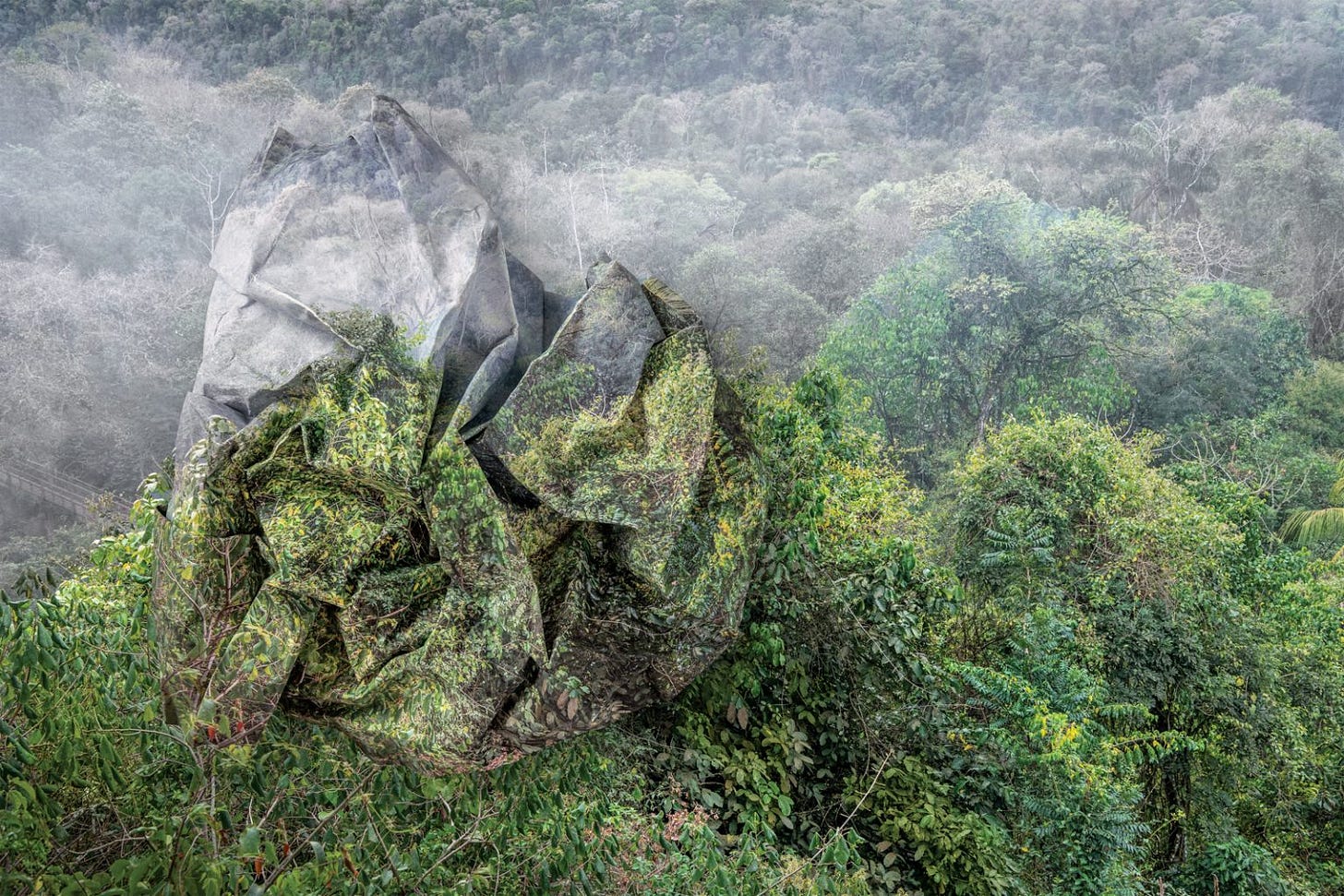Recommended article from "Tricycle: The Buddhist Review"
Karen Armstrong on mythos, logos, and ritual
“We must disabuse ourselves of the fallacy that myth is untrue or represents an inferior mode of thought. We may be unable to return wholesale to a pre-modern sensibility, but we can acquire a more nuanced understanding of the myths of our ancestors because they still have something to teach us. And of course, we continue to create our own myths, even if we don’t describe them as such. The twentieth century saw the emergence of some very destructive myths that ended in massacre and genocide. We cannot counter these bad myths with reason alone because undiluted logos cannot deal with deep-rooted fears, desires, and neuroses. We need good myths that help us to identify with our fellow human beings, and not just with those who belong to our ethnic, national or ideological tribe. We need good myths that help us to realize the importance of compassion, which challenges and transcends our solipsistic and tribal egocentricity. And, crucially, we need good myths that help us to venerate the earth as sacred once again, because unless there is a spiritual revolution that challenges the destructiveness of our technological genius, we will not save our planet.
“The great myths of the past presented the natural world as imbued with sacrality. But a myth makes no sense unless it is translated into practical action. Myths were not just cautionary tales: they had to be put into practice and were therefore always accompanied by ritual. Ritual, like myth, is often misunderstood in our pragmatic world; in the early modern period, it was rejected even by religious people as outdated superstition. Yet ritual ceremonies were indispensable to pre-modern religion, and they never were wholly spiritual affairs but involved the body and, through the body, the emotions. Neurophysicists tell us that, without being consciously aware of it, we receive and transmit important information through our senses, physical movements, and gestures. Carefully crafted rituals making use of emotive music, dance, and drama can dramatically bring a mythical event of the distant past into the present. If devised with sufficient skill, they can also yield an aesthetic ecstasy that enables participants to “stand outside” their mundane selves for a moment. By acting out a ritual role with skill and concentration, we can leave the self behind and, paradoxically, achieve self-enhancement. Through the arts we experience a more intense form of being and feel part of something larger, more momentous, and complete. Only if myth is translated into action do we discover its relevance and meaning.
“Many of our ancestors’ myths taught them how to revere the natural environment. Unlike in our modern environmental discourse, nature was presented and experienced imaginatively and aesthetically rather than scientifically, and this involved the emotions and the body. Different cultures across the world have seen nature as imbued with the sacred in remarkably similar ways. Perhaps this perspective is built into the structure of the human mind. But the religious ceremonies were not just aesthetic exercises: they demanded practical commitment and response. These rituals were hard work. They were time-consuming and demanding; they involved, quite literally, sacrifice. They not only expressed a deep anxiety about the sustainability of our world but made great demands on participants, who were expected not just to honor the divine in nature but also to reform themselves—to transcend their egos and reach out to all their fellow human beings. If today we have come to realize that devotion to the planet requires devotion to everything and everybody on it, then this is a perception that dates back to the very beginning of humanity.”
You can read the entire article here.




Both the excerpt and the article itself were very enjoyable! I wouldn’t make too hard and fast of a distinction between mythos and logos, though—as your brother neatly notes, dialectic is fundamentally rhetoric, and the Logos at the origin upon God is fundamentally the Beautiful. I do wonder if the splintering of an integrated totality into these categories, even subconsciously, is partially responsible for the decline of mythos in modernity… if one feels that myth is fundamentally divorced from the rational, why would one want to think in such terms? Conversely, if one feels that myth and logic and ritual and reason interdwell and undergird each other (at the very least psychologically—but then again, doesn’t the structure of rational reality correspond to the structure of the mind?), then why wouldn’t one see through both lenses as one?
I'm so glad you shared this. This was so refreshing and energizing to read. Great boost to my Sunday! I will definitely follow up with the full article. Thanks.